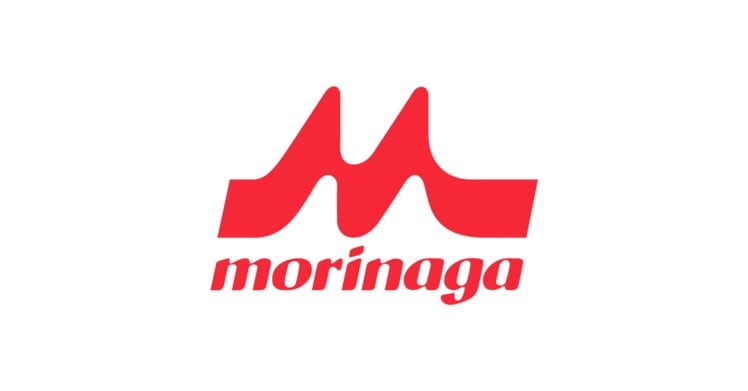The award was held in conjunction with the Gulfood Manufacturing trade show.
This was the first time that the Japan-based firm is participating in Gulfood and the win has come as a surprise for the team, Jason Foo, vice-president at Morinaga Nutritional Foods (APAC) told NutraIngredients-Asia and FoodNavigator-Asia at the trade show.
“We came to Gulfood mainly to raise awareness...I think the award definitely helps to let people know who Morinaga is (aside from the international giants).”
The other award finalists were Tate & Lyle with its PROMITOR® Soluble Fibre and Bunge Loders Croklaan with its Couva Nh.
The Bifidobacterium longum BB536 strain is said to produce a range of health benefits, such as promoting gut, skin health, weight management, regulating blood lipids, prevention of colon cancer, boost immunity, and alleviate allergic reactions to hay fever.
He said that the strain was first isolated from healthy infants in 1969 and commercialised in 1977, which means it has been present in the market for 41 years.
Targeting both young and old consumers, about 170 clinical trials has been conducted using the product in the last 20 years.
Having withstood the test of time was probably the main factor for winning the award, he said.
“I think that is one of the reasons why the judges were very supportive, because of the long history, the clinical studies and the science behind it, so you can’t say it’s not working.”
Bringing probiotics to the Middle East
As compared to other parts of the world, the understanding and consumption of probiotics and gut health is low in the Middle East, Foo observed.
“There is low awareness and low appreciation, either it’s a cultural thing and or maybe they don’t see the need for it yet. However, if you look at the long term, it is only a matter of time that they will need it, it is an education process.
“The probiotics market (in the Middle East) is not very big yet, except for the yoghurt market…If you are talking about probiotics as a yoghurt, its everywhere, but it’s a general daily food, but is it really effective, nobody knows, does it really have a high efficacy in the human body?
“Now, the first thing they think about is sugar reduction, maybe in the five to 10 years later, they will move away, it could be gut health.”
At present, there is thus a need for the industry has to take the initiative to educate the consumers.
“When we talk about highly scientific product such as probiotics, we will need to educate the consumers, through exhibitions, seminars, and conferences.
“We will also need to find partners who know how to use our science for commercial or educational purposes…For commercial partnership, we need some market leader or pioneer who will use the science into their product, beverage or supplements or food products. We are really not going for the mass market.”
Besides low consumer awareness, weather condition is also another obstacle for introducing live probiotics, since high temperature in the region kills live probiotics, he said.
“We will need to collect feedback from the market, to find out what do they appreciate and we will work according to what they need. But we will still need to do consumer education,” he concluded.
Expansion contingent to success in Asia
The expansion into Middle East will be contingent to the firm’s success in South East Asia, Foo said.
“We adopt an Asia-first focus. In the next 12 months, it will be very exciting and there will be many new launch in the South East Asia”, he said.
He added that excluding China, growth in Asia was most phenomenal in Australia, New Zealand, and Malaysia, which were the top performing markets for the last five years.
Specifically, Australian and New Zealand market grew at 200% annually in the past three years.
Besides Bifidobacterium longum BB536, Bifidobacterium breve M-16V, and Bifidobacterium infantis M-63, were the top strains sold in the Asian market.
“Markets like that are more or less stable, so the next exciting potential will come in Singapore, Thailand, and Philippines…After that, maybe GCC, or Indian continent, that will be the next wave I will say.”


